ARTICLE AD BOX
Jayne McCormack
BBC News NI political correspondent

 Getty Images
Getty Images
Stormont's Executive Committee was found in breach of its legal obligation to adopt an anti-poverty strategy
The minister previously described the document as a "realistic" but long-term plan to tackle poverty.
It must be signed off by ministers before it can go out for public consultation.
It will then return to the executive for any final changes to be considered before Stormont departments can begin to implement it.
Recent figures from the Department for Communities (DfC) suggest about 22% of children in Northern Ireland are growing up in poverty.
The figures also indicate that about 23% of children are in relative poverty and about 20% are in absolute poverty.
What is the Stormont anti-poverty strategy?

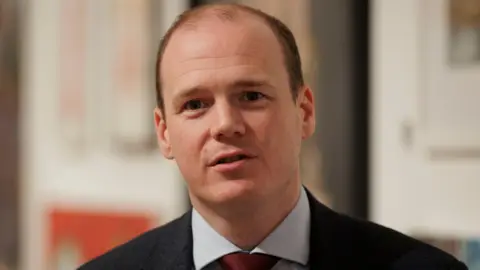 PA Media
PA Media
Communities Minister Gordon Lyons says he believes the anti-poverty strategy is a "realistic" but long-term plan to tackle poverty
How is poverty measured?
There are two main measurements of low income used by the government, absolute poverty and relative poverty.
Income is counted as the money a household has to spend after housing costs are taken into account.
Absolute poverty measures how many people this year cannot afford a set standard of living.
The Department for Work and Pensions at Westminster currently defines it based on the living standard an average income could buy in the year ending in March 2011.
If your income is 40% below this, after adjusting for rising prices since then, you are classed as living in absolute poverty.
Relative poverty is the number of people whose income is 40% below the average income today.
An individual is considered to be in relative poverty if they are living in a household with an income below 60% of the typical UK income.
This is a measure of whether those in the lowest income households are keeping pace with the growth of incomes in the population as a whole.

 8 hours ago
6
8 hours ago
6


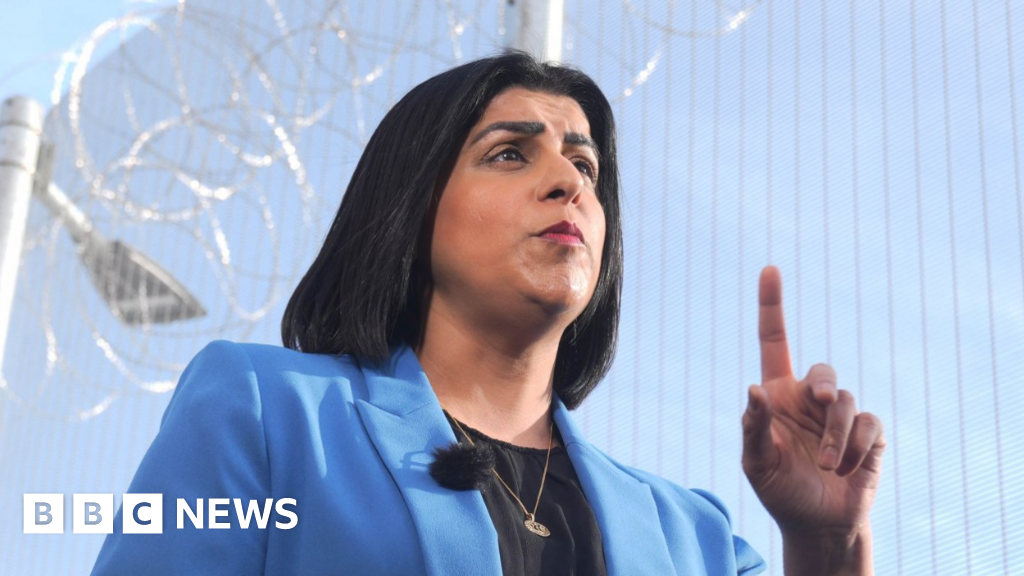
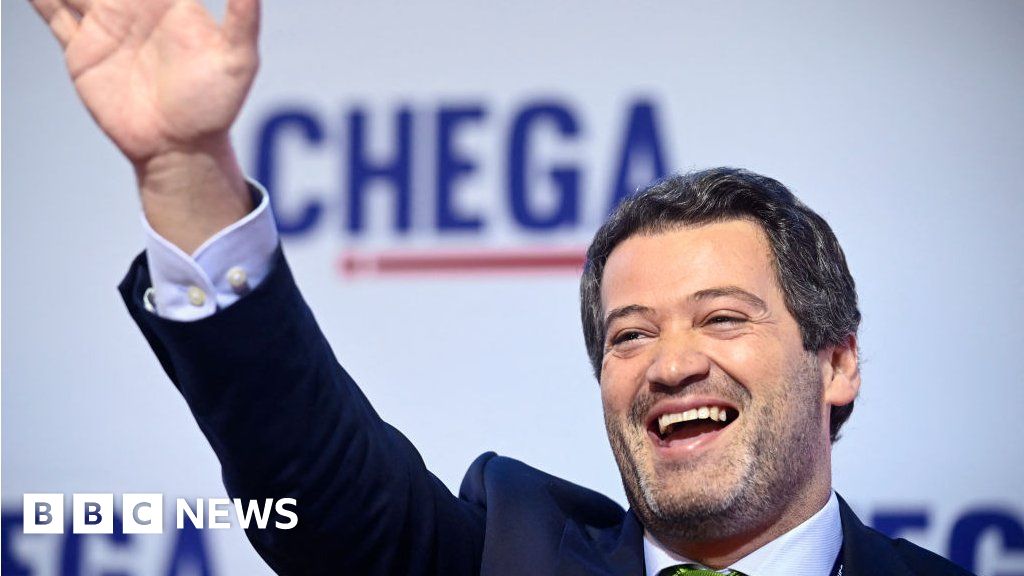

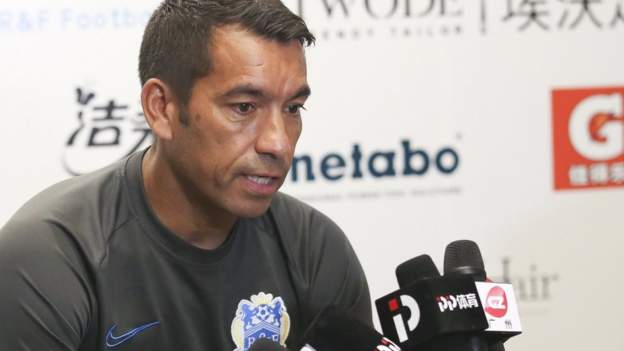
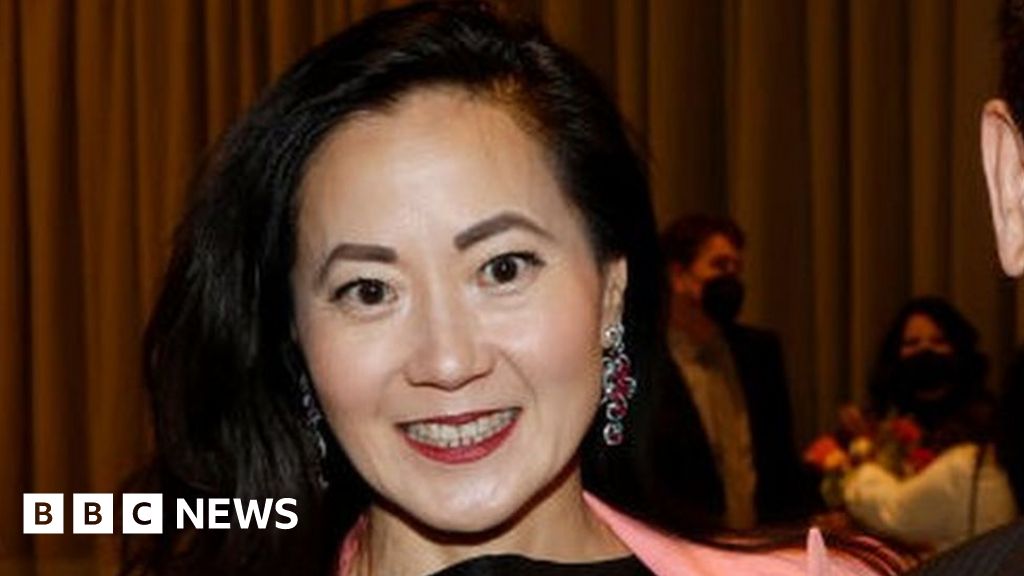
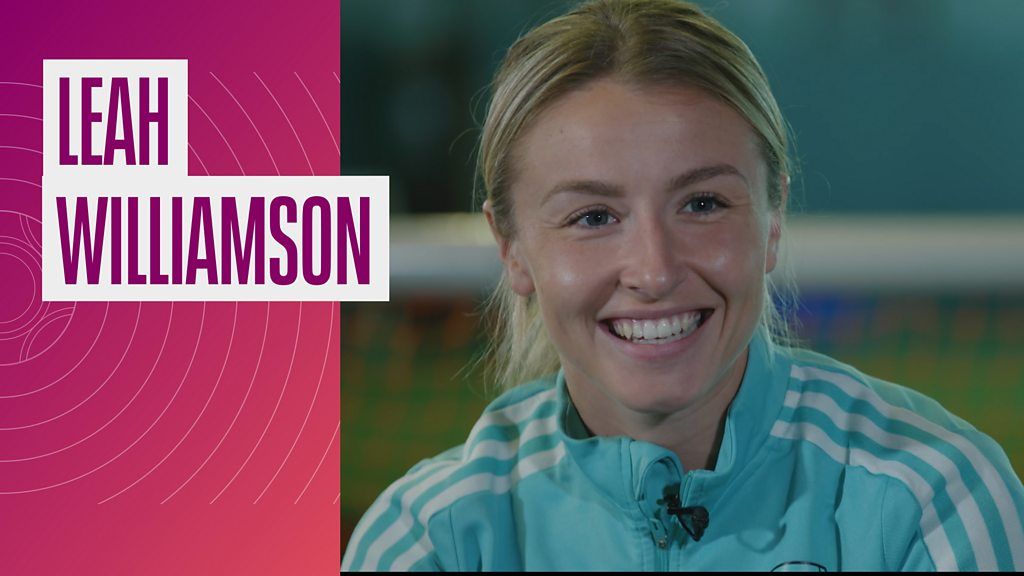
 English (US) ·
English (US) ·